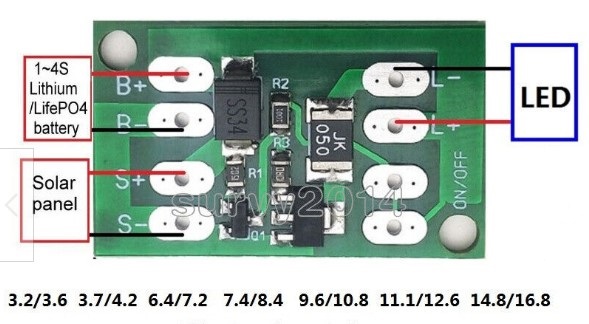Following our previous post, today we will examine the topic of charge controllers within photovoltaic-based LED lightng solutions. The first question to answer is whether all kind of solar-based lighting needs to be equipped with a charge controller. The answer is that not every LED solar lamp needs a charge controller, but it is recommended to use one to ensure the battery is charged properly and to prevent overcharging or discharging which leads to a diminished lifespan of the battery.
Solar lighting controllers generally have two functions, managing the charging of the battery from a solar panel and controling the lighting system. Although lead batteries and lithium batteries are particularly prone to overcharging and over-discharging, it can be condluded that anz kind of battery used in LED solar light systems should always be equipped with a charge controller.
In a nutshe a proper charge control should reliably regulate the Voltage and current coming from the panels, control the charging process as described above (including automated charging) and control the load to make sure lamp turns on and off automatically in relevant times.
Eventually an important feature of each charge controller is its fficiency: A good charge controller should be able to convert as much solar energy as possible into usable electricity.
Currently there are two types of charge controllers on the market, namely PWM (pulse width modultation) and maximum power point tracking (MPPT). MPPTs are more efficient than PWM charge cotnrollers but should only be use if the panel Voltage is higher than the battery Voltage. The latter is mostly the case in solar-powered LED lighting systems.


